Scars and Keloids
What is Scars and Keloids
Keloids form within scar tissue. Collagen, used in wound repair, tends to overgrow in this area, sometimes producing a lump many times larger than that of the original scar. They can also range in color from pink to red. Although they usually occur at the site of an injury, keloids can also arise spontaneously.
Types of Scars

SCAR CONTRACTURES
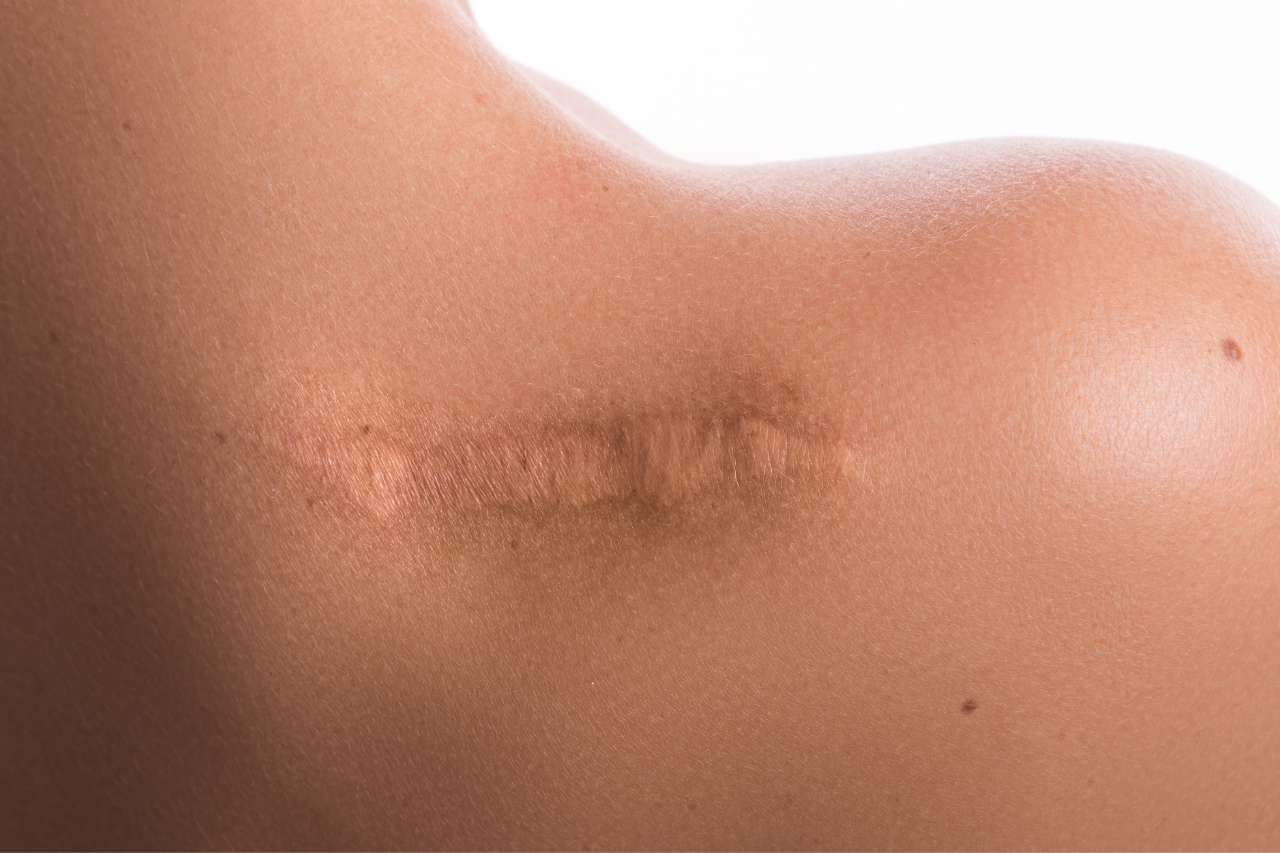
KELOID SCARS
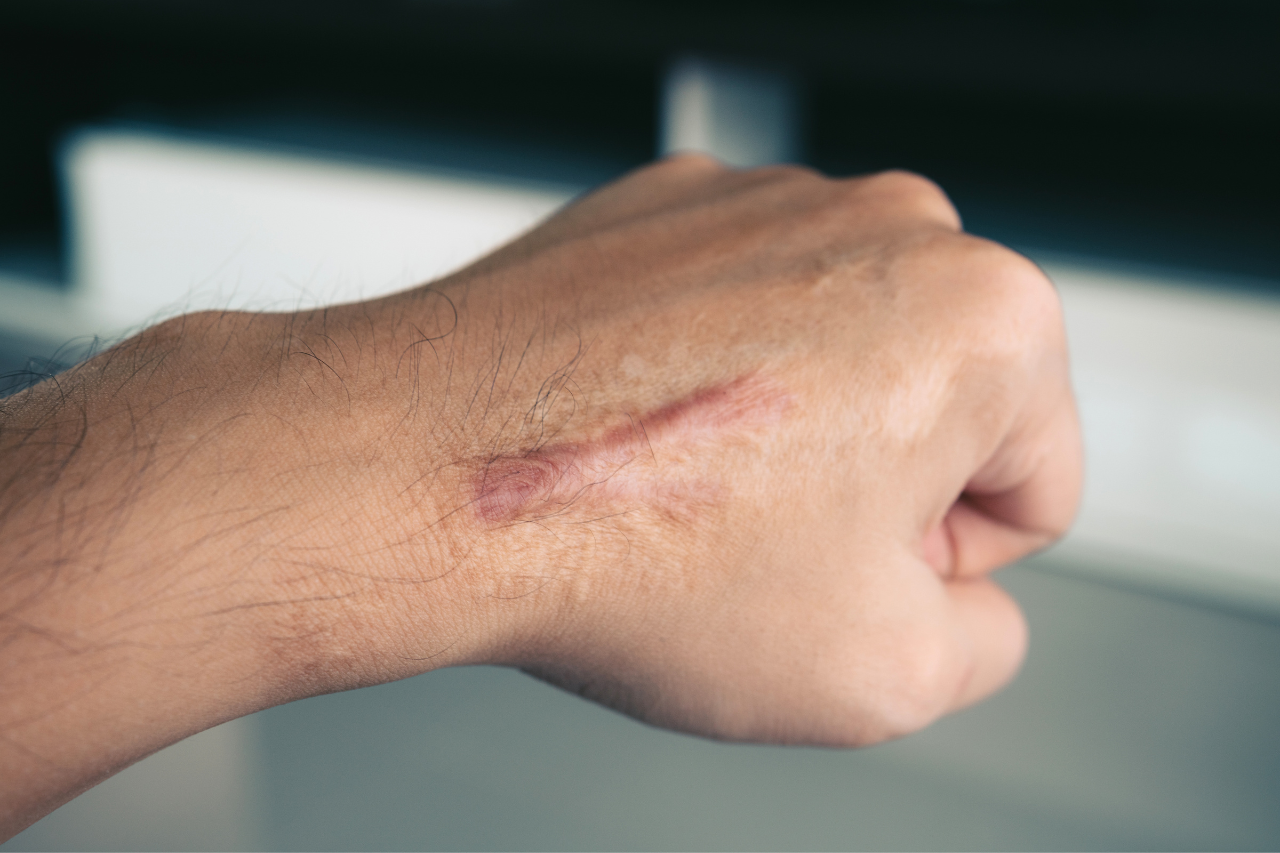
HYPERTROPHIC SCARS
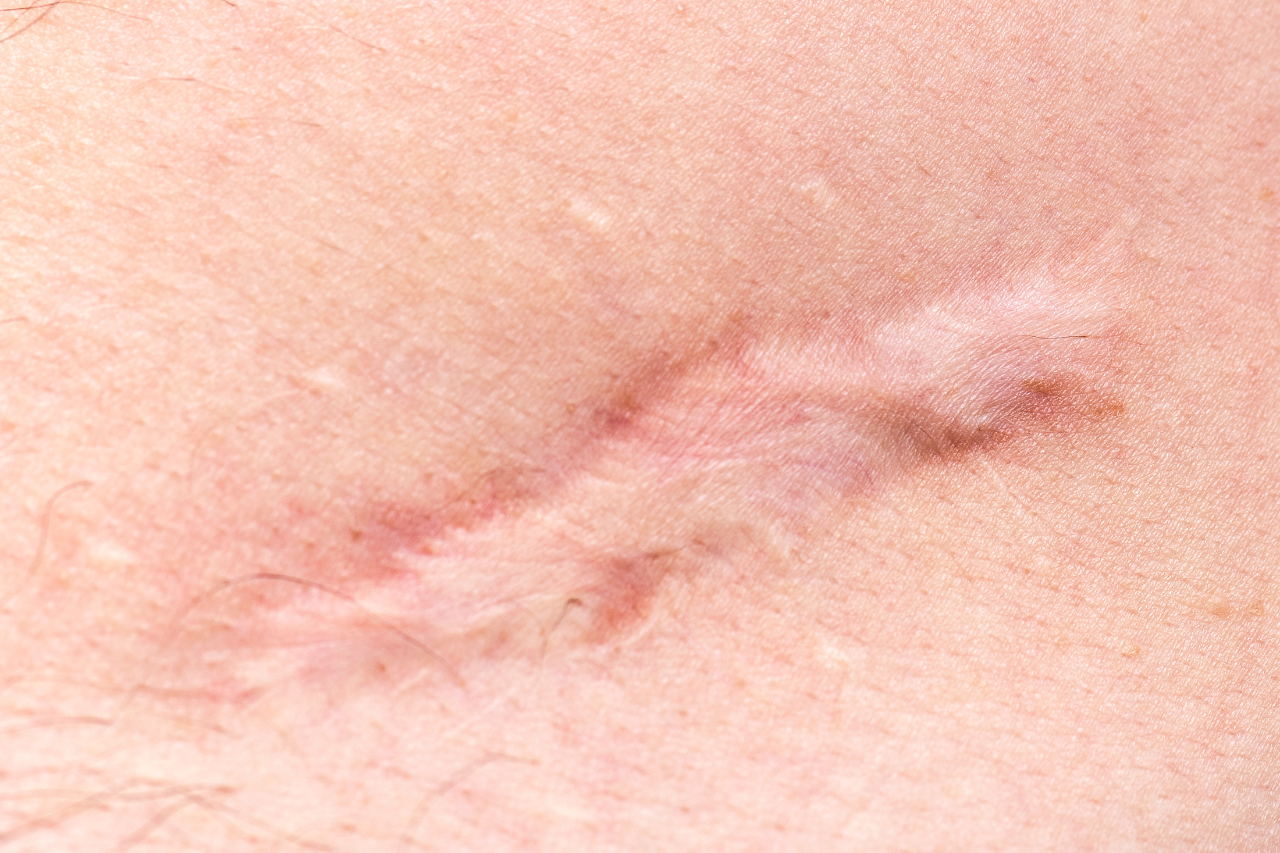
PITTED OR SUNKEN SCARS
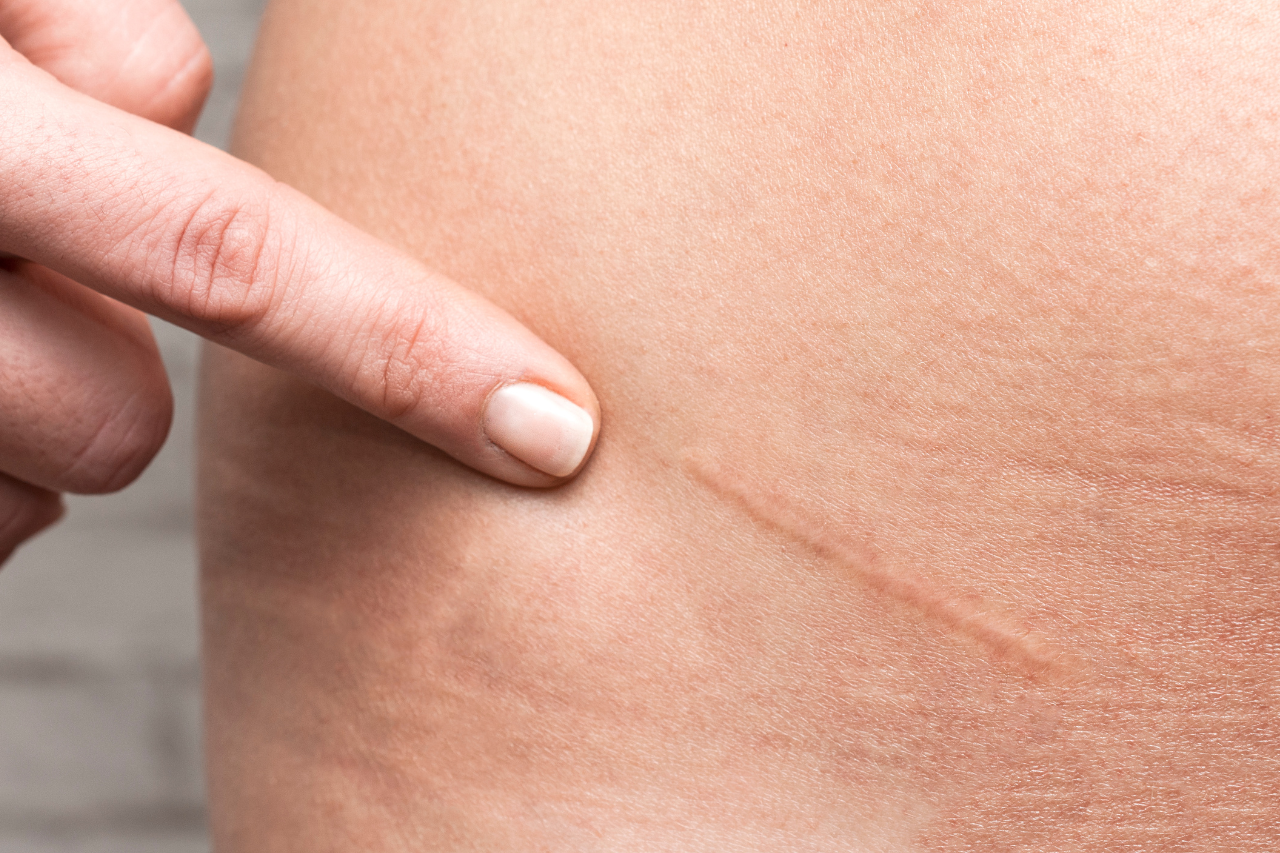
NORMAL FINE-LINE SCARS
Treatment Types
We specialize in performing latest aesthetic techniques.
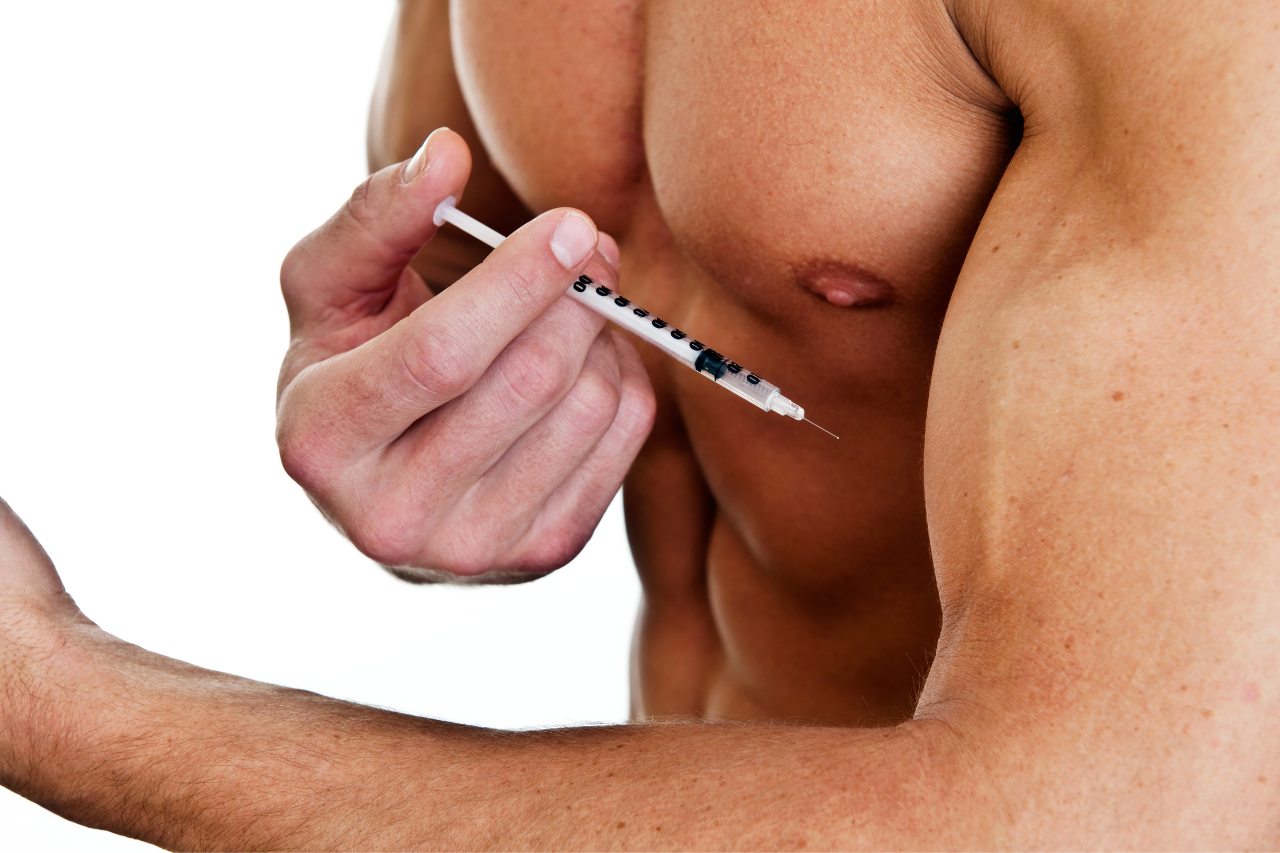
INTRALESIONAL STEROID INJECTION

SURGICAL REMOVAL OF KELOIDS
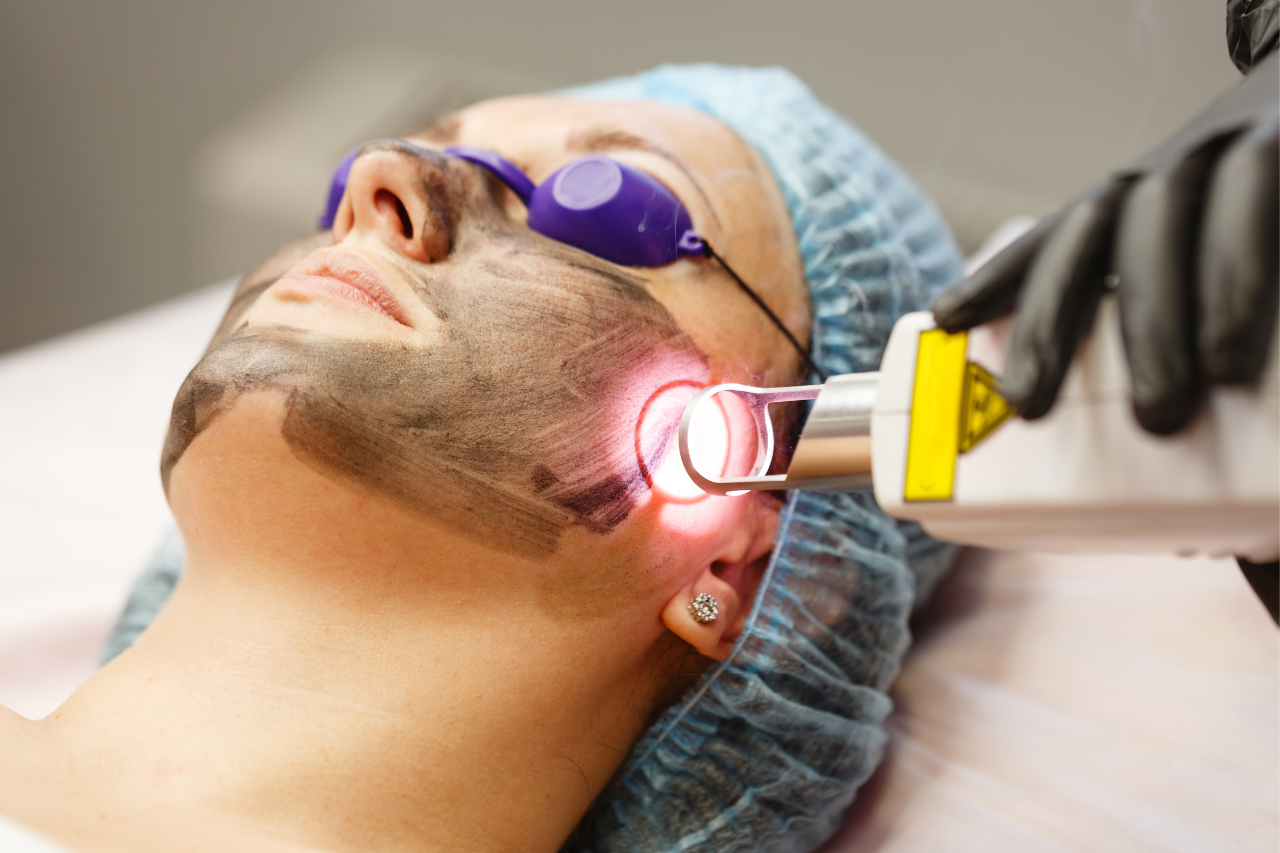
LASER RESURFACING

SUBCUTANEOUS INCISION

REJURAN S

PROFHILO
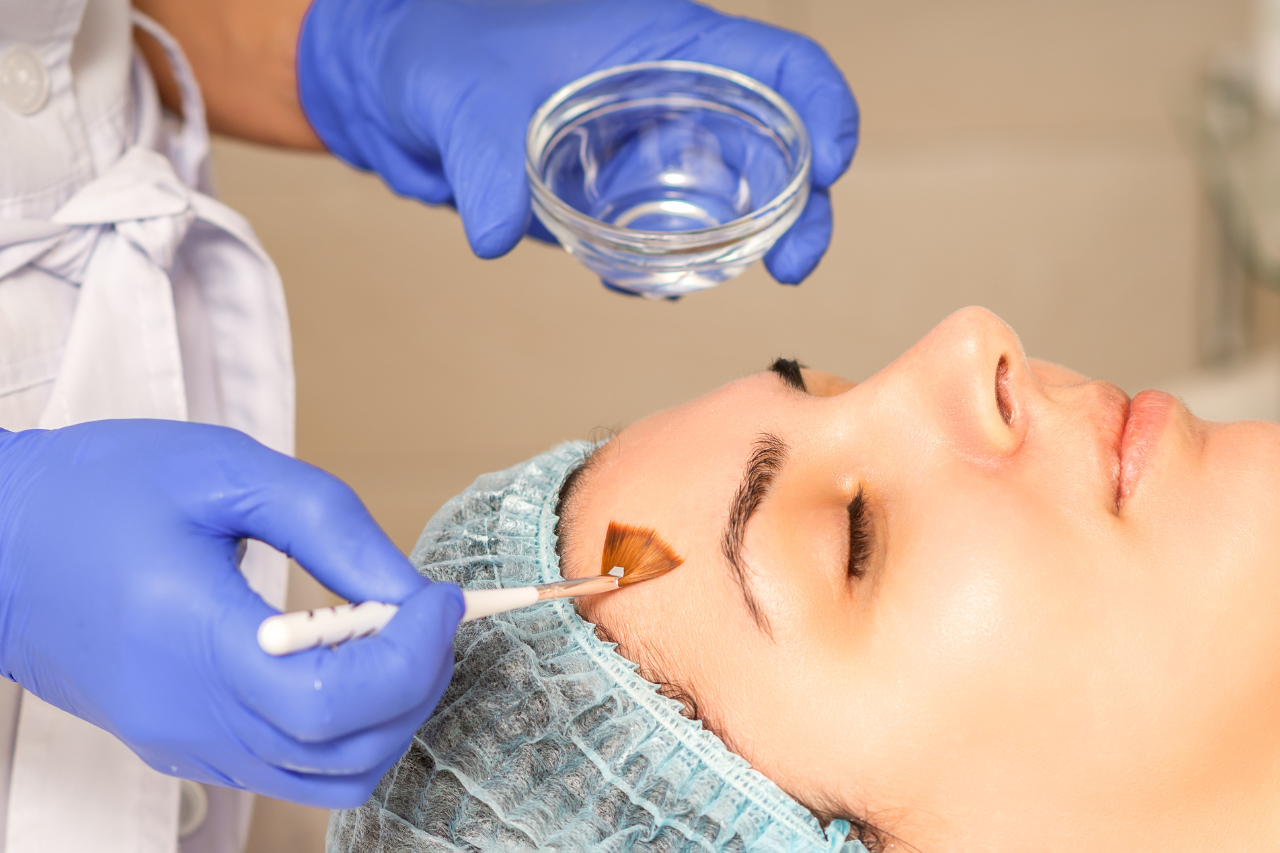
MEDIUM CHEMICAL PEEL
Frequently Asked Questions
The hospital plays a statewide services includes the Acquired
They occur where the skin has healed after an injury. They can grow to be much larger than the original injury that caused the scar. They are not at all common, but are more likely for people who have dark skin. Anything that can cause a scar can cause a keloid.
- Keloids can continue to grow for months or even years. They eventually stop growing but they do not disappear without treatment.
- Cover a new wound with a thin layer of petroleum jelly, such as Vaseline, and a nonstick bandage. Hold the bandage in place with tape so that there is even pressure on the wound.
- After a wound is healed over, use a silicone gel bandage.
- After ear piercing, use pressure earrings.
Doctors schedule a follow-up appointment for six to eight days after surgery to evaluate healing and, if necessary, remove stitches. Over the following six to eight weeks, the skin heals and the new, smaller scar begins to flatten and fade to match the surrounding skin. Complete healing can take as long as a year.
- Previously, removing keloids did require surgery but the problem was that the keloids often grew back. With surgical removal, the keloids grew back in 90% of the cases. That number drastically drops with superficial radiation therapy, as less than 10% of the keloids grow back.
Start your journey to a more confident you
Discover the secret to glowing skin
